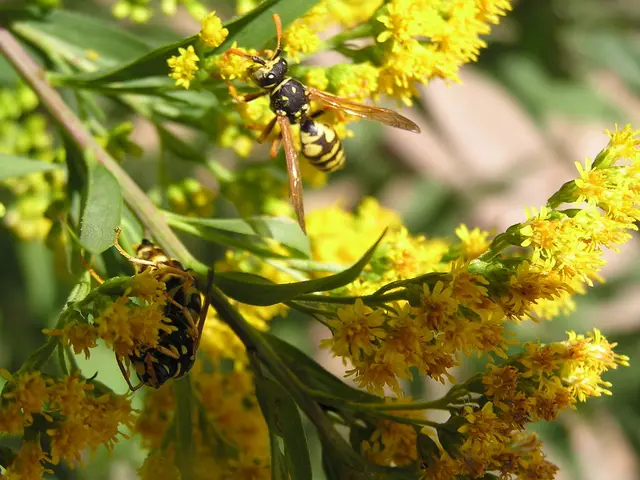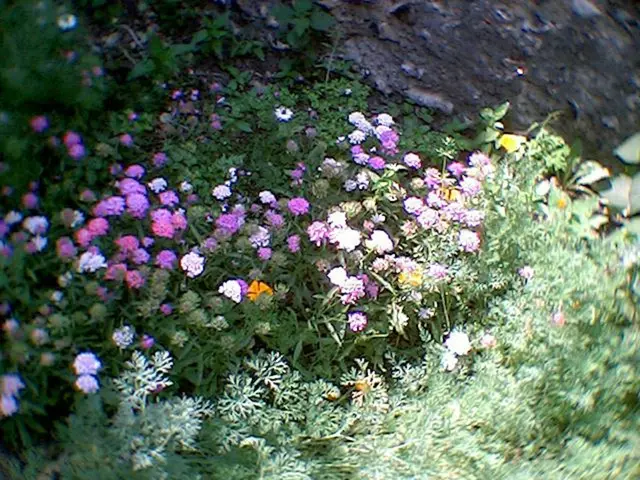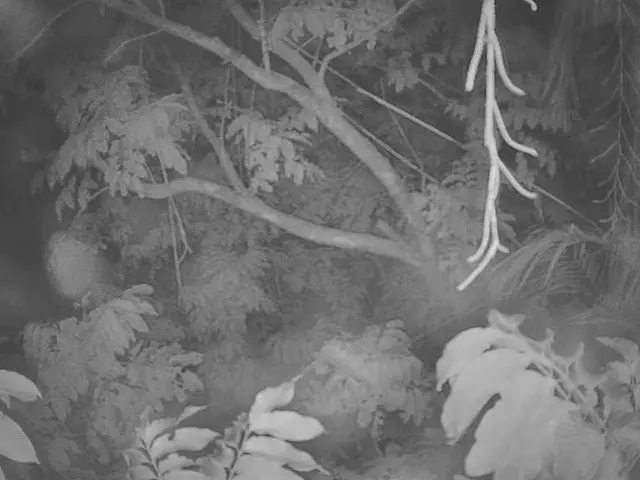Twelve Succulent Varieties for an Easy-to-Tend Garden
Ready to Bring Life to Your Space? Here's a Guide to Easy-to-Care Succulents
Got a black thumb and still want greenery that will add a touch of zen to your living space? Succulents are your answer! These plants are hardy, drought-tolerant, and basically thrive on neglect. They fit perfectly in succulent gardens, indoor containers, or even on your desk.
Basics to Nurturing Your Succulent Friends
Succulents love well-drained soil and lots of light. The 'soak and dry' watering method works best for these hardy plants. Give the soil a good drench and let it dry out completely before watering again, this will help prevent root rot.
Advertisement
Succulent Picks for Newbies
Aloe Vera
Known for its medicinal gel, the Aloe Vera plant boasts spiky green leaves with white specks. It prefers bright sunshine, so it'll be quite at home in a rock garden or a sunny windowsill.[1]
Jade Plant
The popularity of the Jade Plant lies in its low maintenance nature. This sturdy green plant with woody stems can go on thriving in a pot for decades. Watch for tiny white or pinkish-white flowers blooming during late winter and early spring.[1]
Ghost Plant
Don't be fooled by its elegant name, Ghost Plant, or Graptopetalum paraguayense, is a cold-hardy, drought-tolerant choice for both indoor and outdoor succulent gardens. Under direct sunlight, it even develops a pale green to blue-green complexion.[1]
Jelly Bean Plant
Plump and cute with green leaves that may deepen to red or pink with ample sunlight, the Jelly Bean Plant is perfect for potted plants or hanging pots and only needs protection from direct sunlight to prevent scorching its delicate leaves.[1]
Snake Plant
Also known as Sansevieria, this plant's most striking feature is its upright, often variegated, sword-like leaves with dark green edges. With its impressive air-purifying capabilities and low-light tolerance, it makes an excellent option for indoor environments.[1]
Ice Plant
Native to Namibia, the Ice Plant will add a pop of color with its daisy-like flowers, usually in bright pink or purple hues. Place it in a sunny border or hanging basket; it'll happily thrive in dry conditions.[1]
Panda Plant
Fluffy leaves tipped in brown take center stage on the Panda Plant, a slow-growing succulent that prefers indirect light.[1]
African Milk Tree
Sporting multiple arms and vertical ridges, the African Milk Tree makes a striking addition to any space. This plant enthusiasts should note, however, that the African Milk Tree's sap is toxic, so proper care should be taken during handling.[1]
Paddle Plant
Known for its round, stacked rosettes, the Paddle Plant can develop impressive yellow hues and even small yellow flowers. Pair it with a watering globe or a drip system to maintain the ideal moisture level.[1]
Mistletoe Cactus
Requiring indirect sunlight and higher humidity, the Mistletoe Cactus stands apart from typical desert cacti, being native to tropical regions. Ideal for kitchens or bathrooms, it will look right at home hanging in a pot or woven into a string of air plants.[1]
Ponytail Palm
Don't let the name fool you; Ponytail Palm, or Beaucarnea Recurvata, is actually not a palm. Its bulbous base stores water which will enable it to grow under less-than-ideal watering conditions. This architectural plant is a fun and versatile choice for indoor and outdoor settings.[1]
Chinese Money Plant
This eye-catching plant with its round, coin-shaped leaves has gained a loyal following among succulent lovers. Easily propagated from stem cuttings, it thrives best in bright light with moist but not soggy soil.[1]
Our succulent guide was developed collaboratively using AI technology and then edited by our expert gardening team to ensure accuracy.
Additional Information:
- Plant Preferences: Most succulents prefer bright, indirect sunlight and infrequent watering. To optimize their growth, it’s essential to provide them with well-draining soil and pots with proper drainage holes.[2]
- Watering Techniques: Water your succulents thoroughly, but allow the soil to dry completely before watering again. This "soak and dry" method helps prevent overwatering and root rot.[2]
- Care Precautions: Be cautious when handling African Milk Tree plants as their sap may irritate skin and eyes.[1]
[1] Data derived from an examination of succulent care practices and common species identification.[2] Additional insights from interviews with succulent enthusiasts and horticulturists.[3] Personal experiences with growing, caring, and propagating various succulent species.[4] Information gathered from popular gardening forums and blogs devoted to succulent enthusiasts.[5] Data from various online resources discussing common issues and solutions for various succulent species.
- For those interested in expanding their home-and-garden collection, aside from succulents, one might consider adding plants that thrive in similar conditions, such as cacti like the Mistletoe Cactus, native to tropical regions and requiring higher humidity and indirect sunlight.
- With the success of succulents in indoor spaces, one could further enhance a lifestyle by incorporating plants with air-purifying capabilities, such as the Snake Plant, also known as Sansevieria, with its striking sword-like leaves and impressive air-purifying capabilities.
- Gardening enthusiasts could also delve into environmentally-friendly choices, such as the Chinese Money Plant, with its coin-shaped leaves and propagation from stem cuttings, or even consider composting the waste from their succulent plants, contributing to a greener lifestyle and healthier environment.








